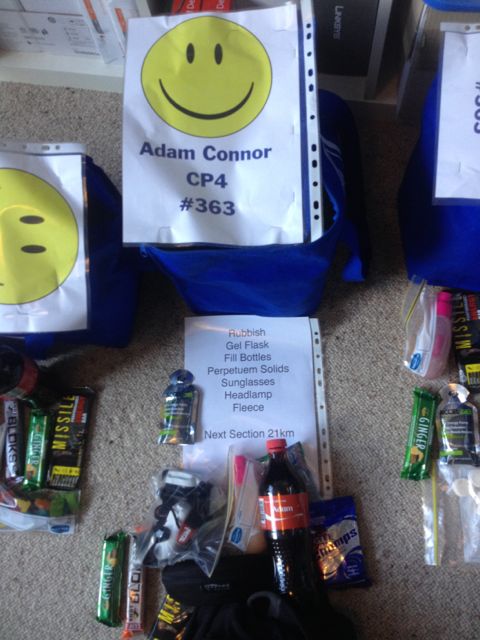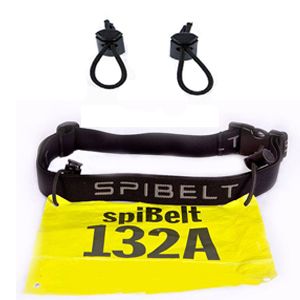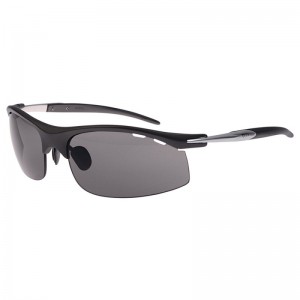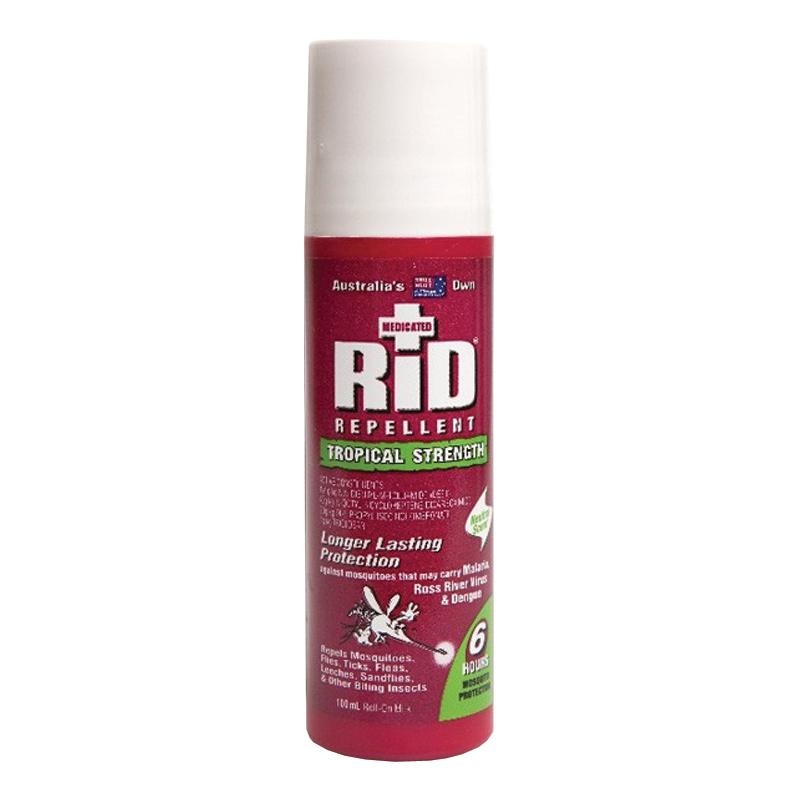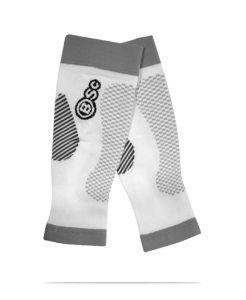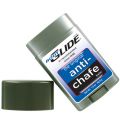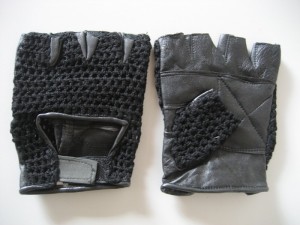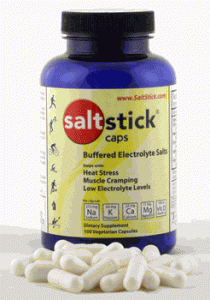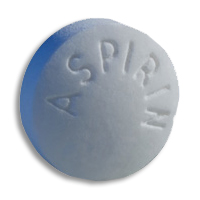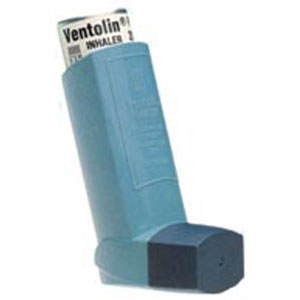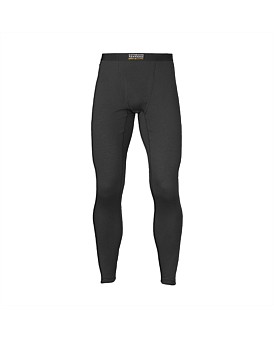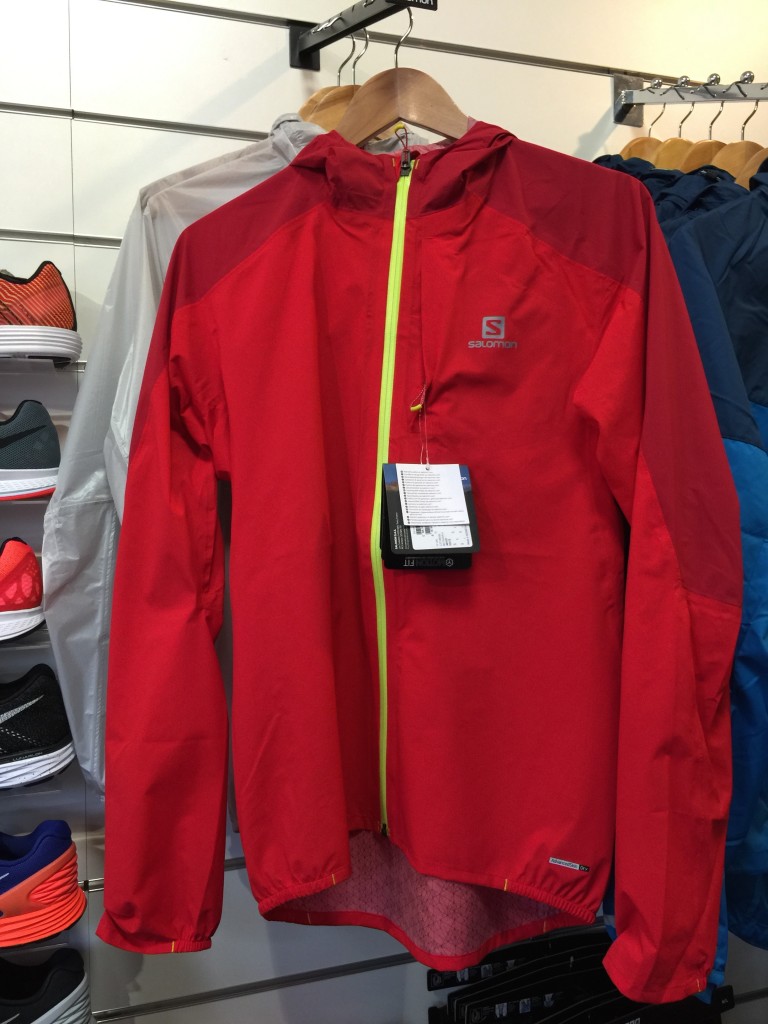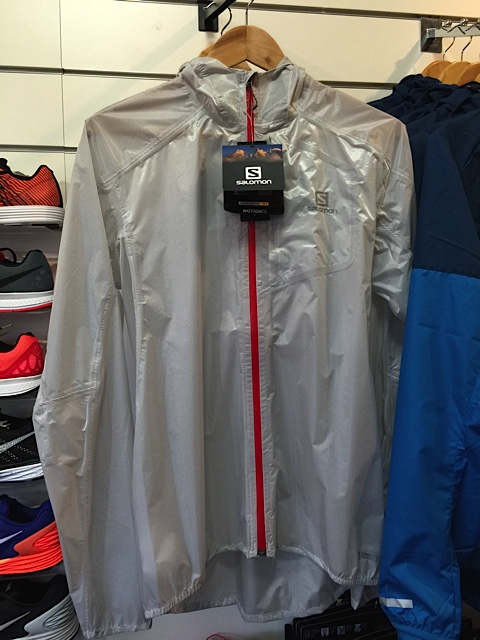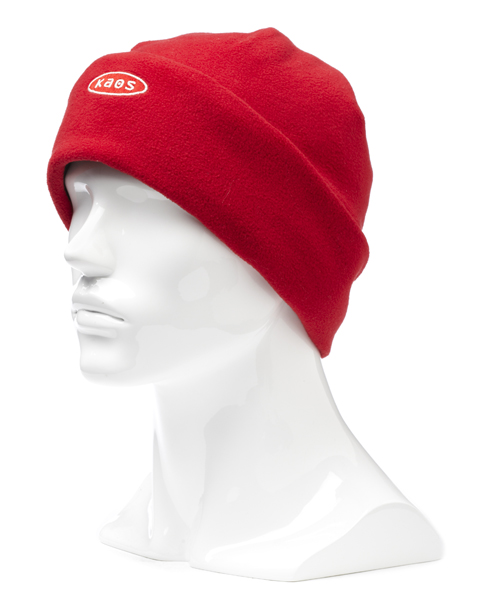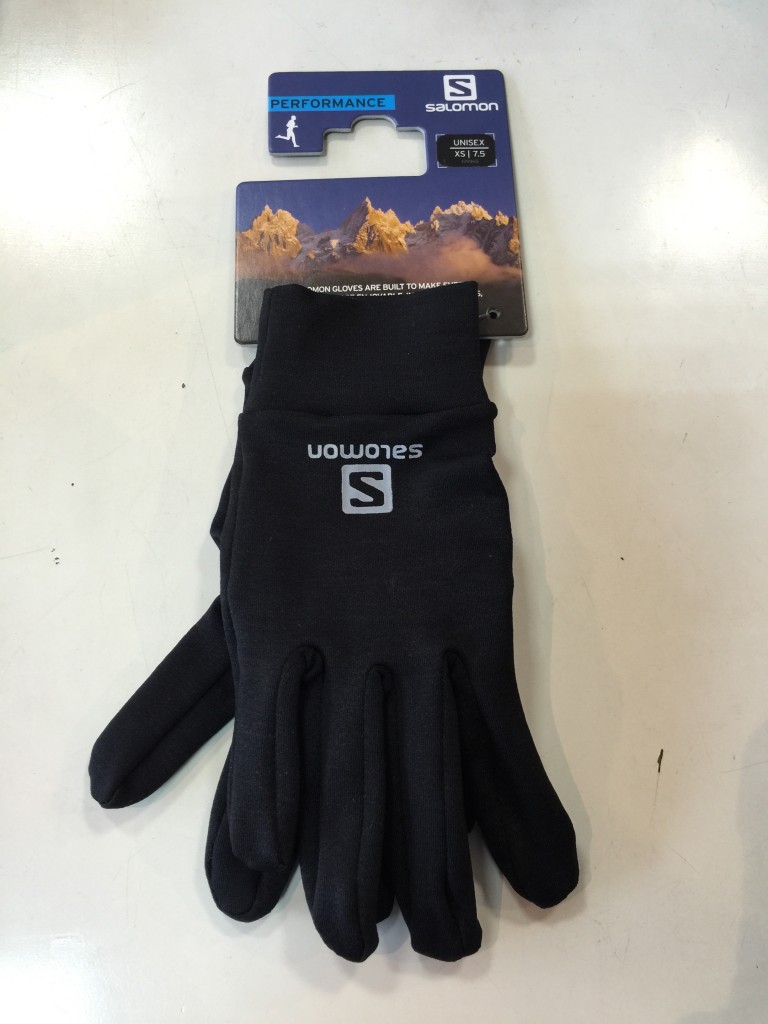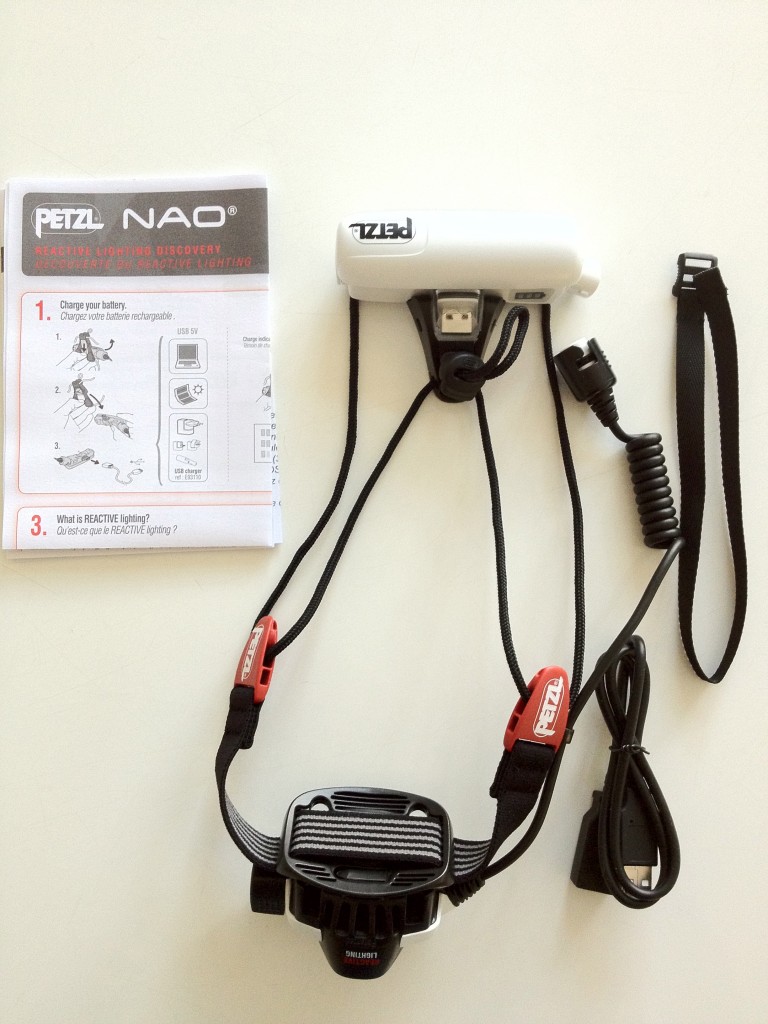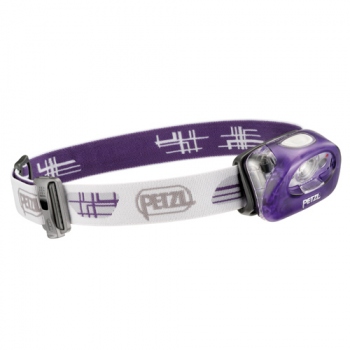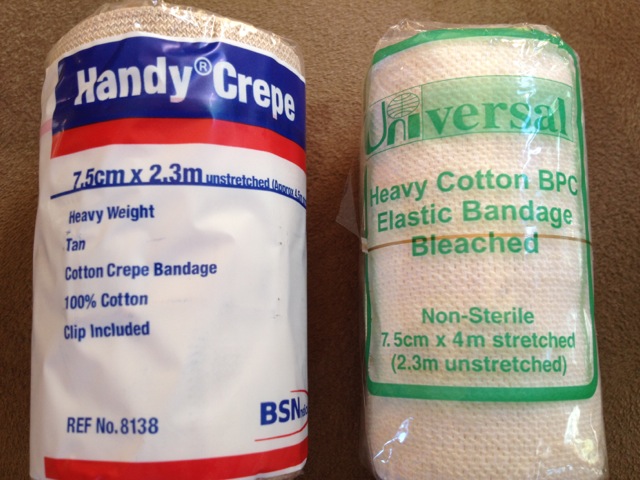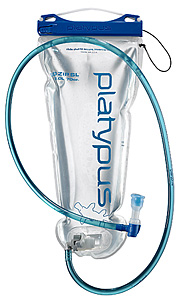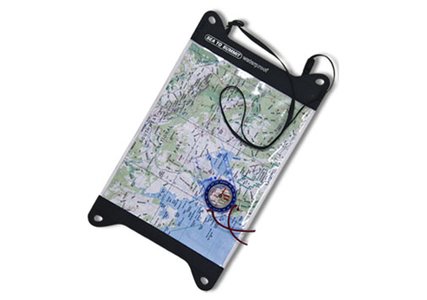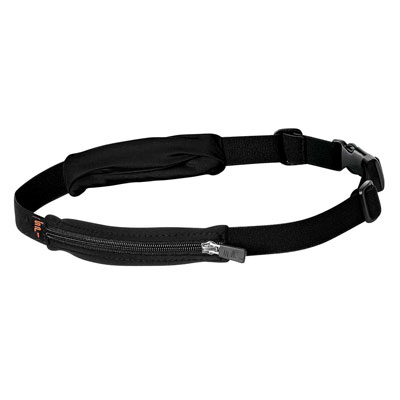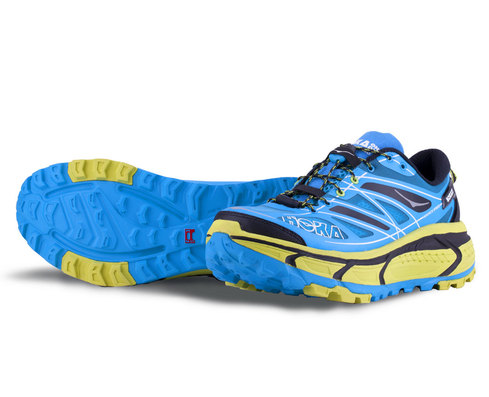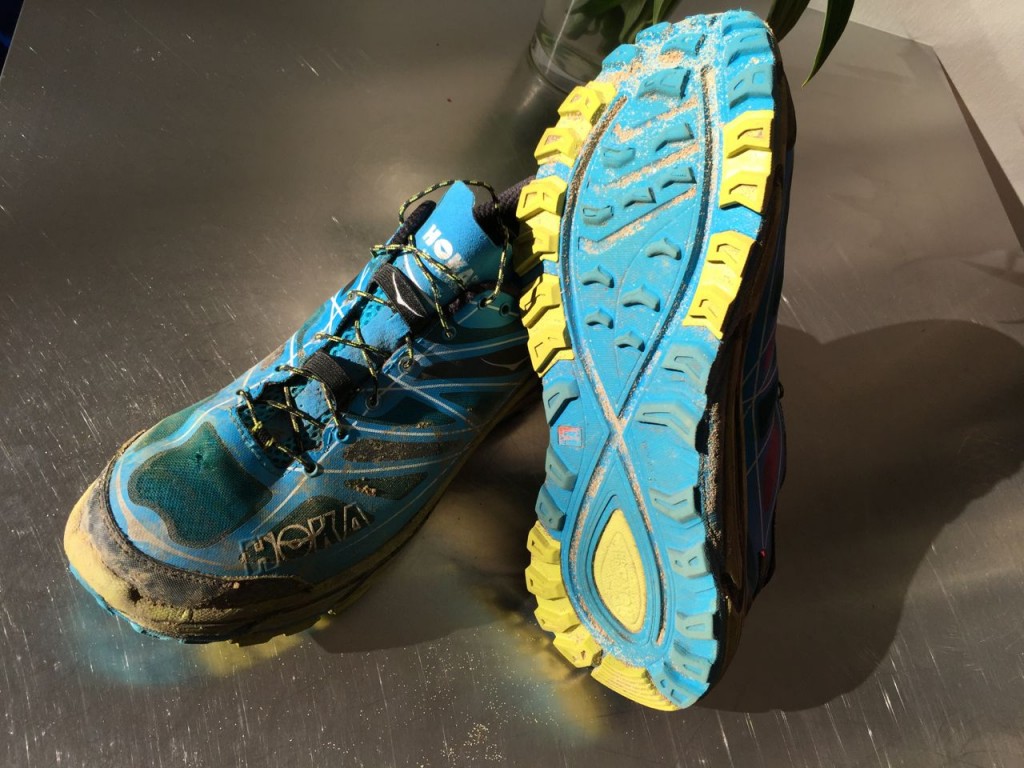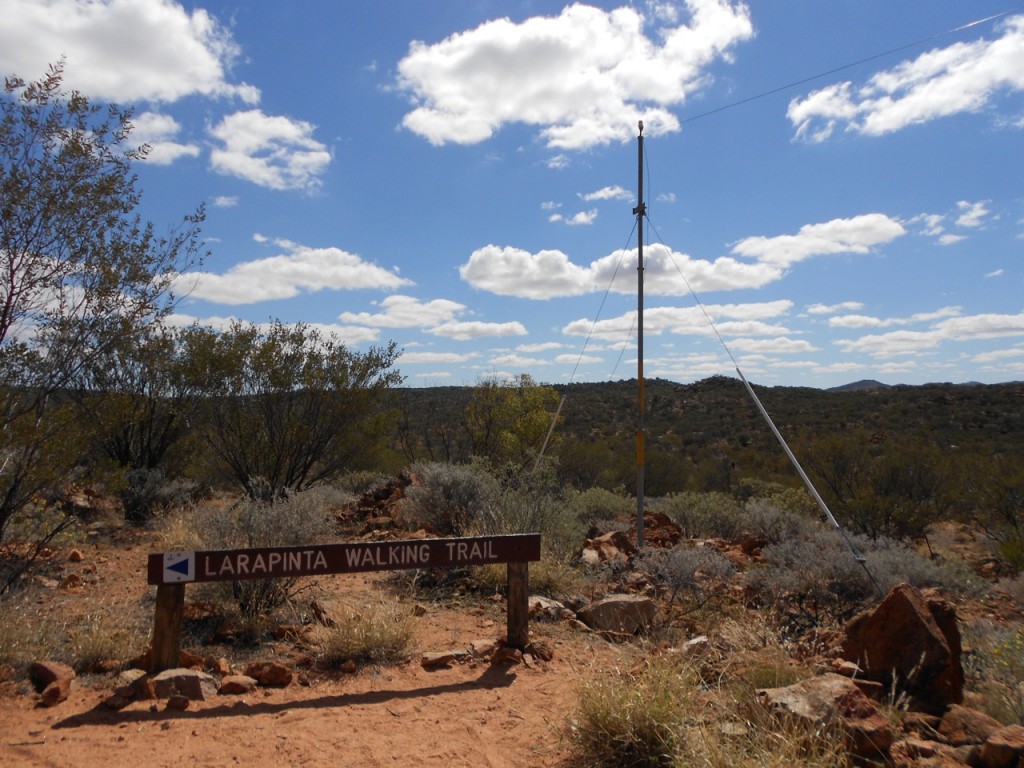
The End- near the Old Telegraph Station
The Plan
To walk/ run across the 223km (plus some side trips) Larapinta Trail in the West MacDonnell Ranges, Northern Territory in 6 days. This is normally a 12-24 day walk according to the NT government.
The Players
Garry & Janet Tapper and grand daughter Tia- Our hosts for the week. These guys transported our gear, cooked our food and didn’t mention how much we stank.
Jane Trumper (Small)- Needs no introduction, but it was Jane who invited a few friends to share the adventure
Andy Bowen (Mumbles)- The man in the red lycra did much of the logistics, and photobombed us at every opportunity
Andy Hewat (Whippet)- Amongst many records, Andy has the fastest unsupported traverse of the ~1200km Bibbulmun Track.
Andy Hooten (Hoots)- Now do you see why we have nicknames? 3 Andy’s became quite confusing. Hoots is a workmate of Jane’s and this was to be his (and my) first expedition of this type. We hope it won’t be our last.
Kieron Blackmore (KB)- Another man with impressive running credentials, KB brought a soft Irish lilt to balance the noisy Aussies.
Dave Graham (Dark Horse Dave)- A well known ultra runner, adventurer and all round over achiever, DH Dave could tell you what he does for work, but then he’d have to kill you…..
Wayne Gregory (Blue Dog)- Blue Dog injects the fun into every situation despite having some seriously impressive running credentials. Believe me, you want this guy on your team every time.
….. and little old me, so now you can see why I was a bit worried that my middle of the pack, never runs very fast habits might get me into trouble during this trip. I should probably have been more worried about cirrhosis of the liver…….
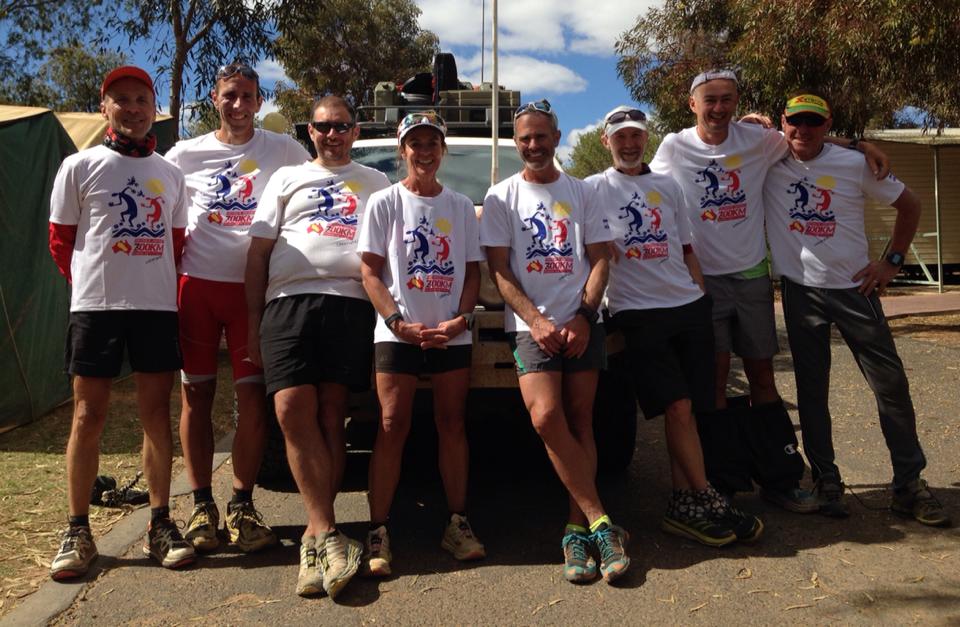
Kieron, Mumbles, Hoots, Small, Dark Horse, Whippet, Kaos, Blue Dog
Day Minus 1- (Friday)
I arrived at 12:30pm intending to have a look around Alice Springs and sleep in a hotel before meeting the others for Day 1. Instead Jane met me with out host Garry and we went into town to get some supplies, and then out to the Big 4 Caravan Park just outside town. We went out to dinner at the Outback Steakhouse and I met Janet, Garry’s partner and Tia her grand daughter both of whom would be accompanying us on the trip.
Day 0 (Saturday)
The plan was to arrive at the beginning of the trail and go up to Mt Sonder to watch the sunset. Unfortunately the transport gods conspired against us.
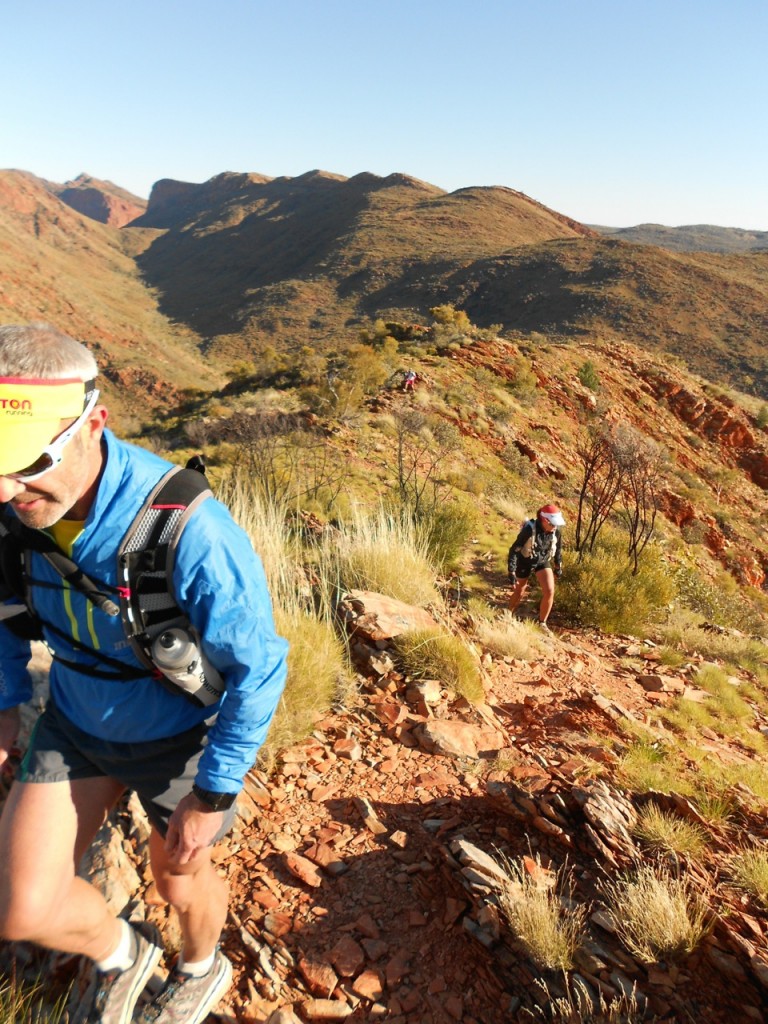
Dark Horse Dave makes ascending mountains look easy
Dave who was coming from Canberra had joined his flight on time and circled Sydney but unfortunately couldn’t land because of fog. So he landed back in Canberra. So frustrating. The others also joined their flight on time but a piece metal fell from their plane causing them to be stuck on the tarmac for some time while an engineers report was done- very encouraging! It mustn’t have been an important piece of metal because they all landed in Alice Springs an hour late, so we were only ready around 4:30pm. The only takers for the trip up to Mt Sonder were all the fast guys so I declined, particularly as I didn’t think they would make the summit by sundown! This put me 20km behind my expected distance before we even started, so I had to evaluate whether I really wanted to attempt to do 300km in the week as planned…..
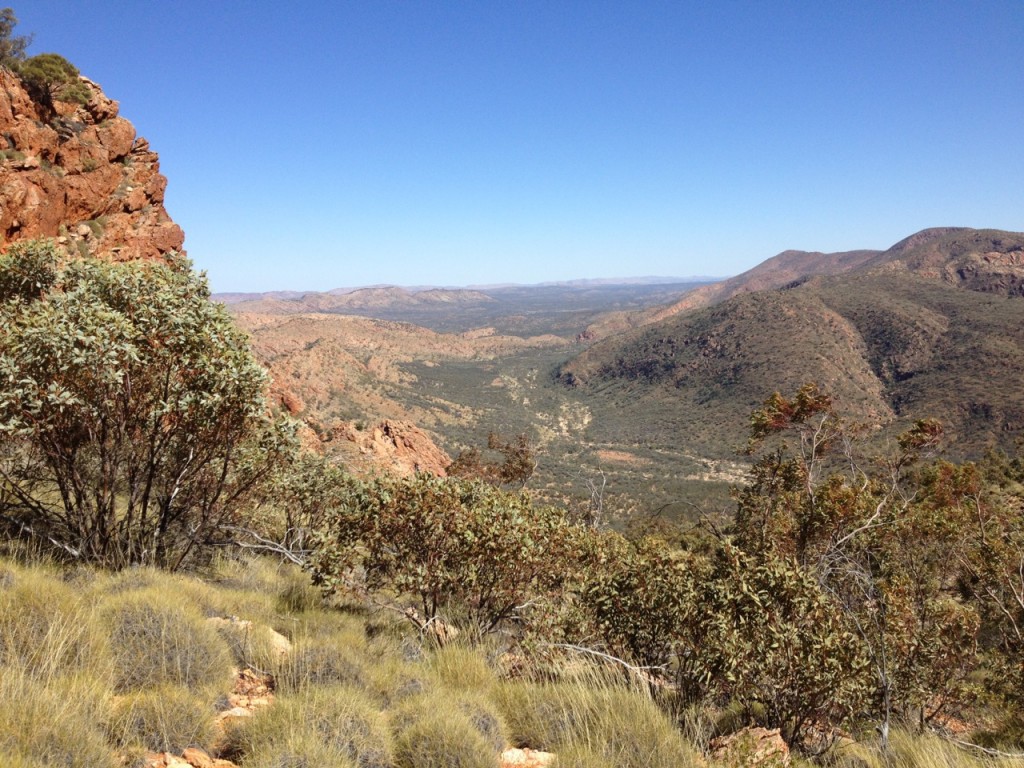
I kind of imagined running through the desert to be kind of featureless. And kind of flat. Epic fail on both counts
Jane couldn’t go as she was suffering from some sort of food poisoning, earning her the nickname Ebola Jane. So for days I had this song going through my head.
Day 1 – Redbank to Ormiston Gorge (Sunday)
After a fairly easy first few km, running through lots of dry creek beds, fairly big rise, running through valleys and across a small billabong – these things must be raging torrents when there is loads of water! About 5km from the end, Dave Graham came running the other way- poetry in motion! After flying back to Canberra, the plane was refueled, and then back to Sydney. He’s missed the flight to Alice Springs by a few hours. Qantas paid for his accommodation at the Airport, then on Sunday he was routed back to Melbourne then on to Alice Springs- how is that for complicated!
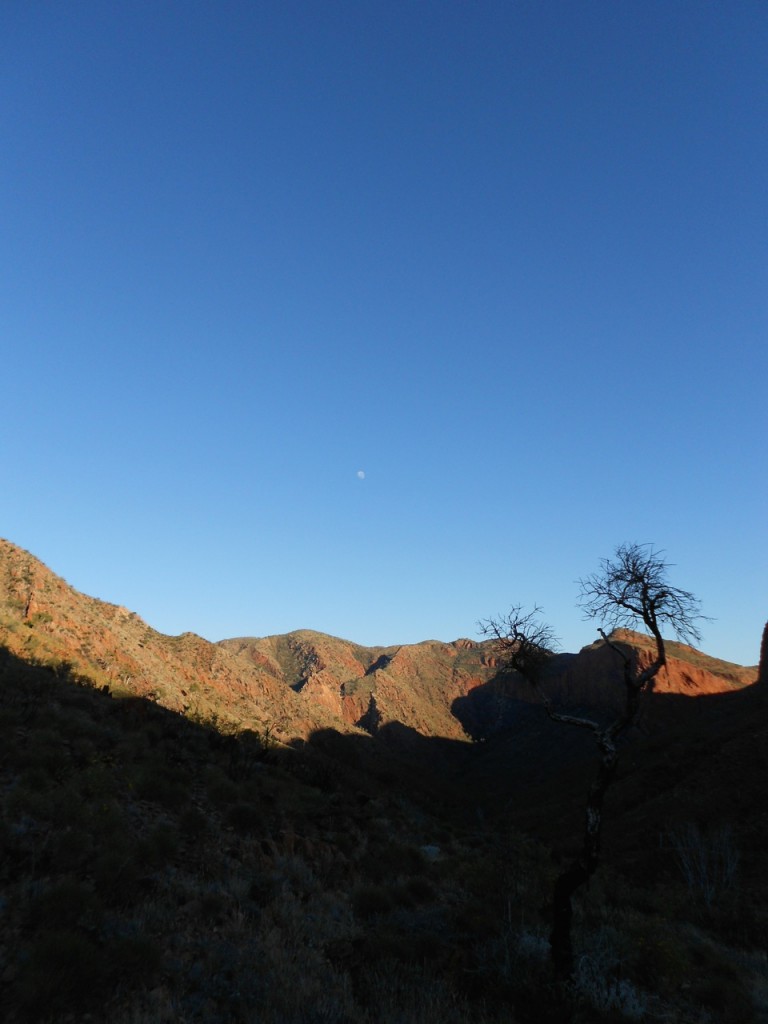
Howling at the moon did not make the hills smaller
Arriving Ormiston Gorge at about 3pm we set up our tents and discovered that there was a kiosk, hot showers! We celebrated by ordering $250 worth of pizzas from the kiosk and had a great meal with some great friends. Apparently Nick from the Ormiston gorge Café makes the best iced coffee in the world…… After dinner Janet came across and said that she’d just found the contents of her purse strewn all over the ground- we raced back to the campsite thinking that there had been a thief. The truth was stranger- while we’d been enjoying our pizza a dingo had come into camp looking for food. It had found the licorice bullets in Janets bag and taken off with them! Even worse, in the morning we discovered that the little buggers had taken the hot chocolate. This was a disaster for some of the runners and crew!
Day 2 Ormiston Gorge to Serpentine Chalet Dam (Monday)
I got up, fed, watered and headed out on the Pound Trail with Jane and Blue Dog. We had an epic run on a circular track around Ormiston Gorge, getting wet towards the end when we had to wade through some freezing cold, black brackish water. Then it was off into the 28km stage into Serpentine Chalet Dam. What an amazing mixture of easy trail, epic climbs, death defying descents, lush valleys. It’s just amazing to be in a steep gorge, clambering over boulders and marveling at the power and majesty of nature. At one stage we arrived at nearly 1000m and ran along the spine of a massive hill, the views were epic in every direction
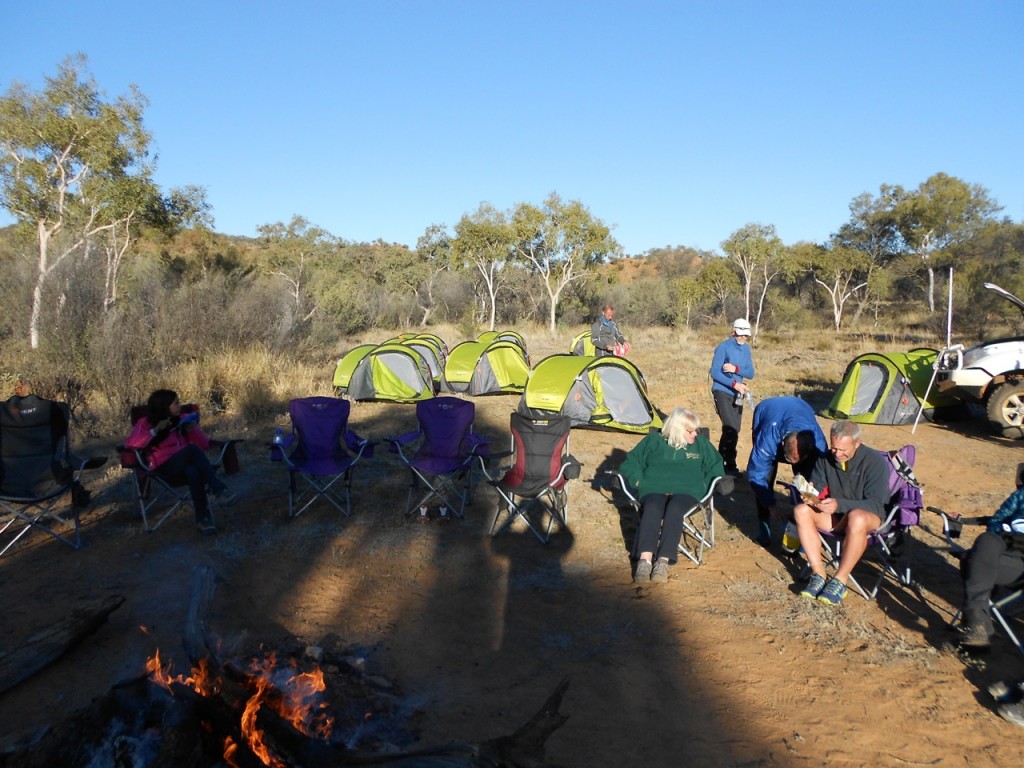
The camp at Serpentine Chalet Dam. We did not see a dam, or a chalet, nor anything resembling a serpentine….
It was quite rough after that, loads of gnarly river beds, ankle snapping rocks and undulating hills, clambering through the saddles between valleys etc.
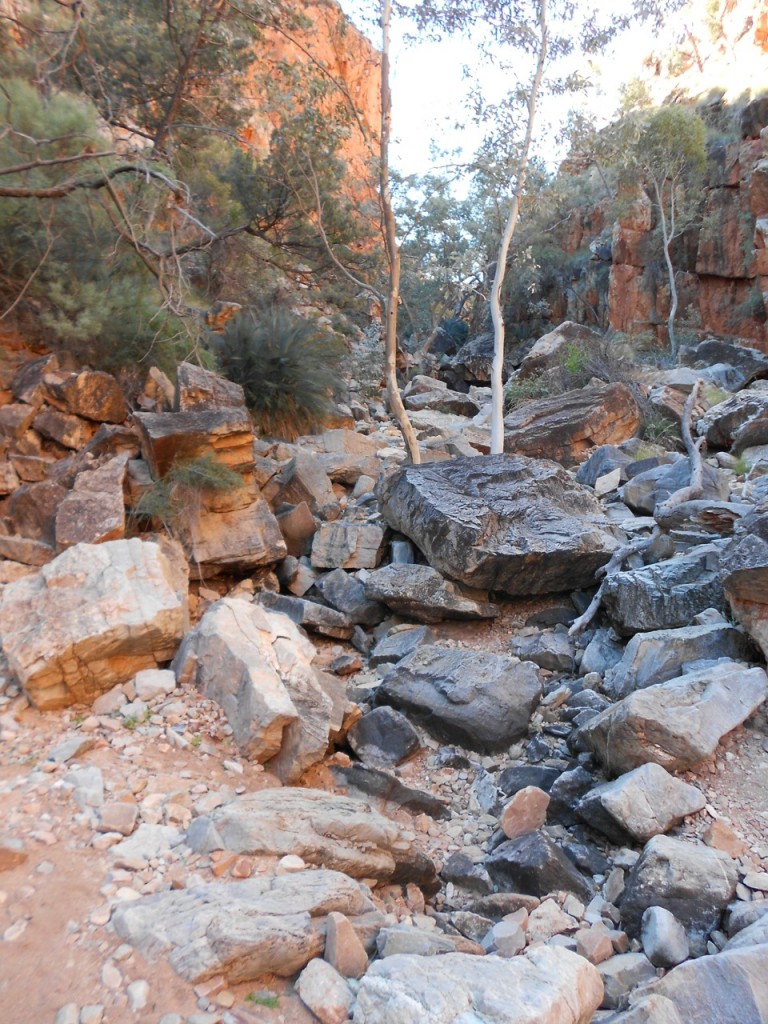
Day 3 Serpentine Chalet Dam to Ellery Creek (Tuesday)
We rose early and started at first light. 1.5km from the campsite was a toilet, so I made good use of it because it actually had paper and a manual flush system. Had I gone that far off the grid that toilet paper was a sign of luxury? In a word, yes. It was an easy day- 28-30km so I was looking forward to finishing early and doing nothing for a few hours. Of course this meant that we were making great time until the halfway fill up point and Serpentine Canyon. What a beautiful place- and then we came to a series of decent climbs. No big problem, except the high iron content meant that other bits would erode away, leaving extremely sharp, gnarly rocks to clamber over. You really felt you could not safely use your hand to help you over the climbs. Progress slowed to a crawl, and luckily the sun wasn’t too hot. However it was starting to sting the sunburn that I’d developed on day 1. Dave was bombing a descent and scared some tourists, looks like they scared him back because he turned his ankle. Whippet also had a stack and got a face full of spinifex grass needles
We got into camp at about 1:30pm and straight down to Ellery Creek, another superb waterhole- with freezing cold water!
Tents up, gear packed for the next day and burritos for dinner, just tired enough and deeply happy. That was a great day.
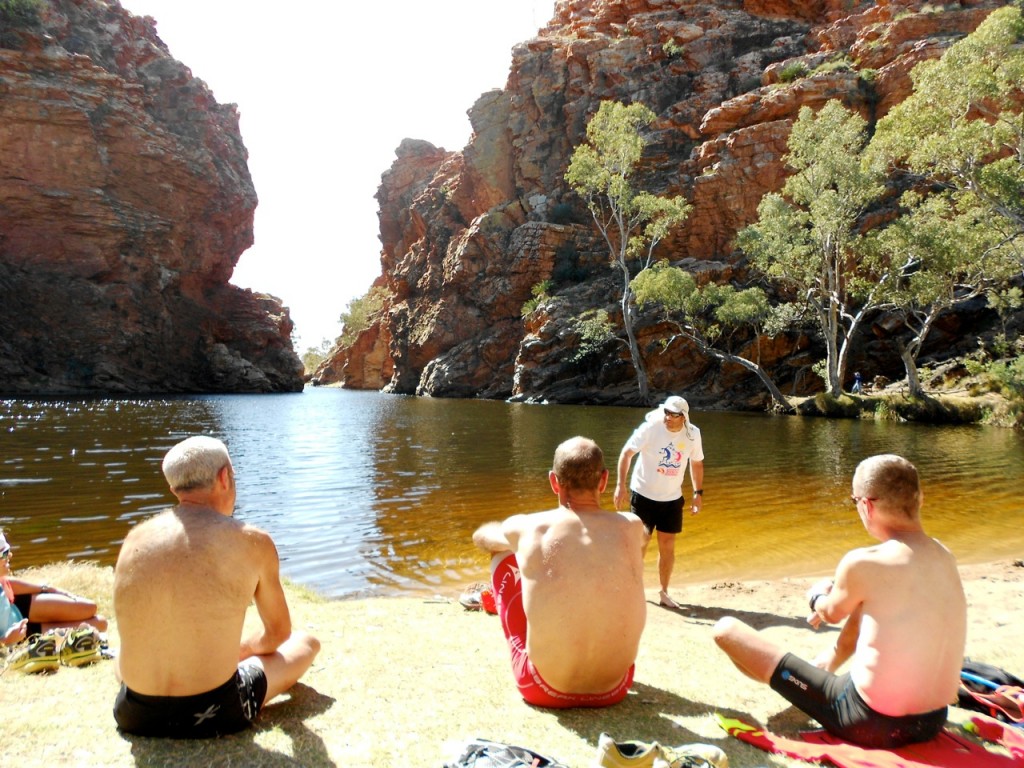
Old naked men hanging around a pool- be very afraid
Day 4 Ellery Creek to Hugh Gorge (Wednesday)
A few people were disturbed overnight by a crying baby in a camper ‘where’s a dingo when you need one?’
Up little bit later this morning because it is an easy day. Funny how quickly you can get to thinking that a 31km, 6 hour run is easy….. however we knew that this section was not technical, and sure enough we were spoiled with some great running. I spent most of the day running by myself, which gave me a lot of time to think. About nothing really, and it was truly great fun. The trail was well marked, and as we get closer to Alice Springs there’s a bit more foot traffic. OK we saw 5 people today- that’s not heaps, but in the past few days we would come across valleys where we could see for tens of kilometres and know that we were the only ones there. It really does make you feel quite insignificant, but also very grateful to be able to experience it. Getting into camp before 1pm was a bonus, I even got an afternoon nap! Dave had another stack today, lost some skin on his knee and hand, that might slow him down a bit! Dinner was sweet and sour chicken followed by damper with dried fruit- Lots of excited talk around the campfire at night- apparently there is a kiosk at the next stop- with showers!
We’ll probably miss the kiosk opening hours because we will be doing 2 sections marked as ‘very hard’ (walkers estimated time is 19 hours), but I am starting to smell, and not in a good way.
Saddle up boys (and girl) for tomorrow we bathe!
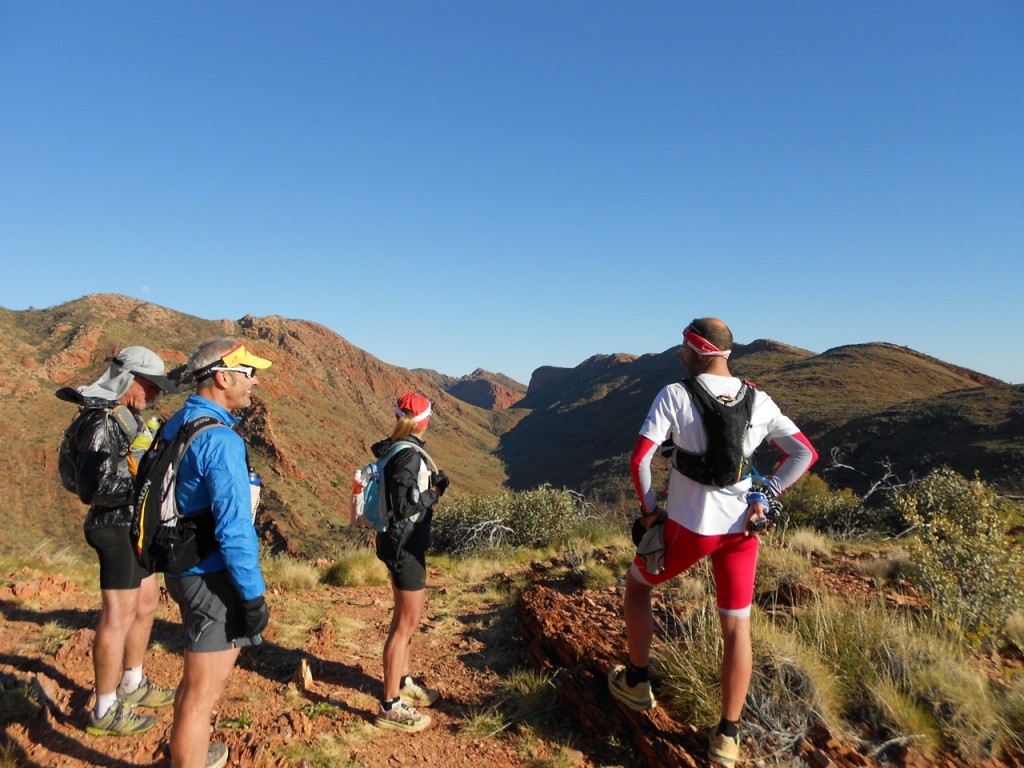
Day 5- Ellery Creek to Standley Chasm (Thursday)
We knew today would be challenging so we rose early and planned to leave by 6:30am. Blue Dog and Jane set of at 6:30am on the dot and I managed to finish faffing about a few minutes later and left with Dark Horse Dave. He’s a very easy guy to talk to and we passed a pleasant hour or so bombing through chasms on the creek bed until we ran into Blue Dog and Jane. I was thinking at this stage that Dave would run off into the distance and the other two would be too strong for me however we all spent the rest of the day together. What a day. There was only a couple of km of running in the whole day- loads of creek beds, some with huge boulders to scramble over. If you’d shown me the climbs and descents we’d have to make beforehand I would have freaked out, so I guess it’s kind of lucky that I hadn’t spent too much time looking at the trail beforehand. Massive climbs up to extremely sharp ridgelines which we would run across with freezing wind trying to blow us off. We pretty much followed the highest ridges and then crossed saddles until it was time to climb down into Standley Chasm. Walkers were expected to take 19 hours to complete these 2 sections and we had a fairly easy time doing it in 7:47. And the kiosk was still open when we arrived!
We all had a wood fired hot shower, bought some cold drinks. I may have accidentally inhaled a pie and a sausage roll before dinner, which was a lovely pasta dish with curry. The cafe kindly put out a whole heap of firewood so we spent a pleasant few hours after dinner on the patio of the closed café with a big roaring fire.
Day 6 Ellery Creek to Simpsons Gap (Friday)
Today had an option to go the high or low road. Naturally because we lack a full set of brain cells we chose the high road. The result was me wanting to cry because my legs hurt so much from the previous days, and on all fours trying to ascend to a ridgeline in icy wind while planning some more self harm. Yes more. The second stage of 25km was a very pleasant surprise, mostly flattish and undulating. I walked most of it with Blue Dog because my legs were rudely reminding me of overreaching my ability. We spent a pleasant few hours in each others company, not much conversation except our bums having an interesting conversation, and subsequent scores out of ten. Don’t judge me, you’ve done it too…..
Unfortunately we were unable to camp at Simpsons Gap so we were all ferried in to the caravan park in Alice Springs. You know when that means- showers! We may also have diverted via the bottle shop for some essential supplies. And yes, our campsite looked like the scene of an alcoholic festival the next morning. Ah, hangover, my old friend

Of course we stashed all the empties outside Hoot’s tent…..
Day 7 Simpsons Gap to Telegraph Station (Saturday- finish)
For the final 25km we went back out to Simpsons Gap and started at 7:30, expecting to take about 4 hours for the final push into town. I was very lucky and was able to run the whole thing with Jane, Andy Bowen, Dave and Blue Dog. I let them go a few times, intending to just run by myself and enjoy the trail, but somehow always found myself at the back of their pack again. Halfway through we met Kay Haarsma, a family friend and former orienteering coach of my wife’s. She is a great adventurer, in fact the last time I saw her was close to Charlotte Pass when I was pacing Jane for Coast to Kosci. I was so tired then I could barely speak, and of course this time I didn’t recognize her- it’s kind of disconcerting to meet someone you actually know in the middle of nowhere- let alone twice! At the end we went into the kiosk for food and drink and waited for the final 2 runners, then it was over. A quick trip back to camp and then to the pub! Several schooners later we went to pick up our race packs for the marathon on Sunday and then off to dinner at the camp ground courtesy of Dominos delivery…. And yes, once again the campground looked like a bunch of alcoholic unsupervised teenagers had taken up residence.
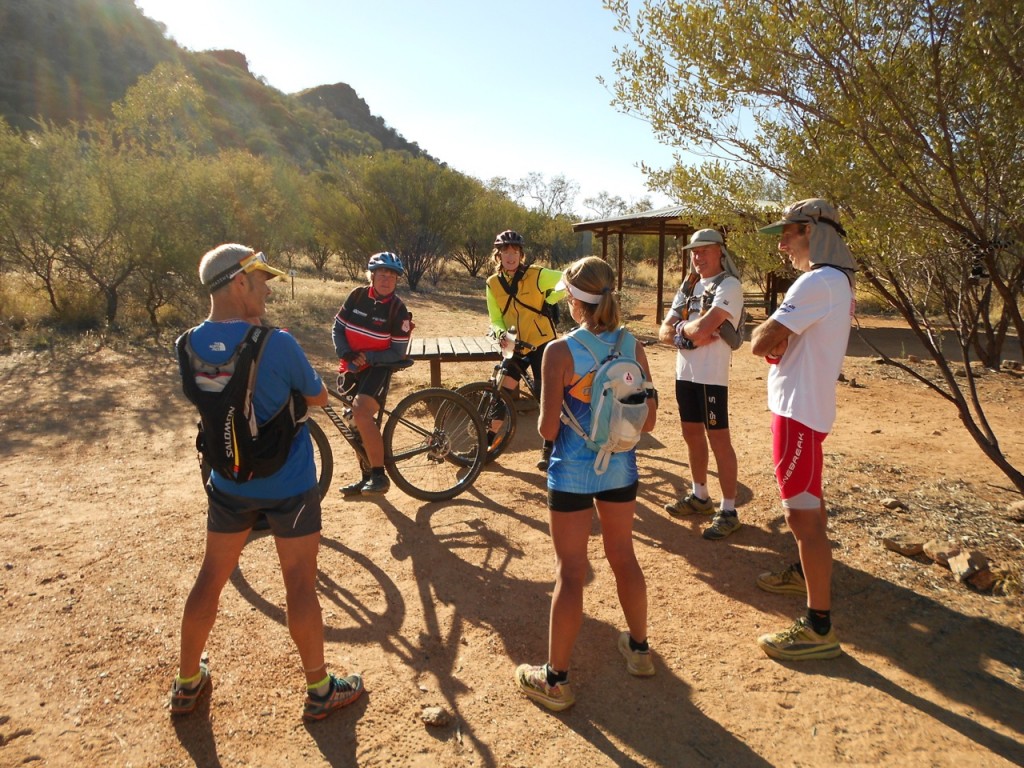
Random meeting with Kay Haarsma
So how was the experience? I learned a lot. It was bloody freezing every night, and a couple of times I did not tighten the valve on my Thermarest enough, so I’d wake up in the middle of the night cold, uncomfortable and with my bum on the ground. I learned that I can do without things, even FaceBook. I learned that running by yourself can be very Zen.
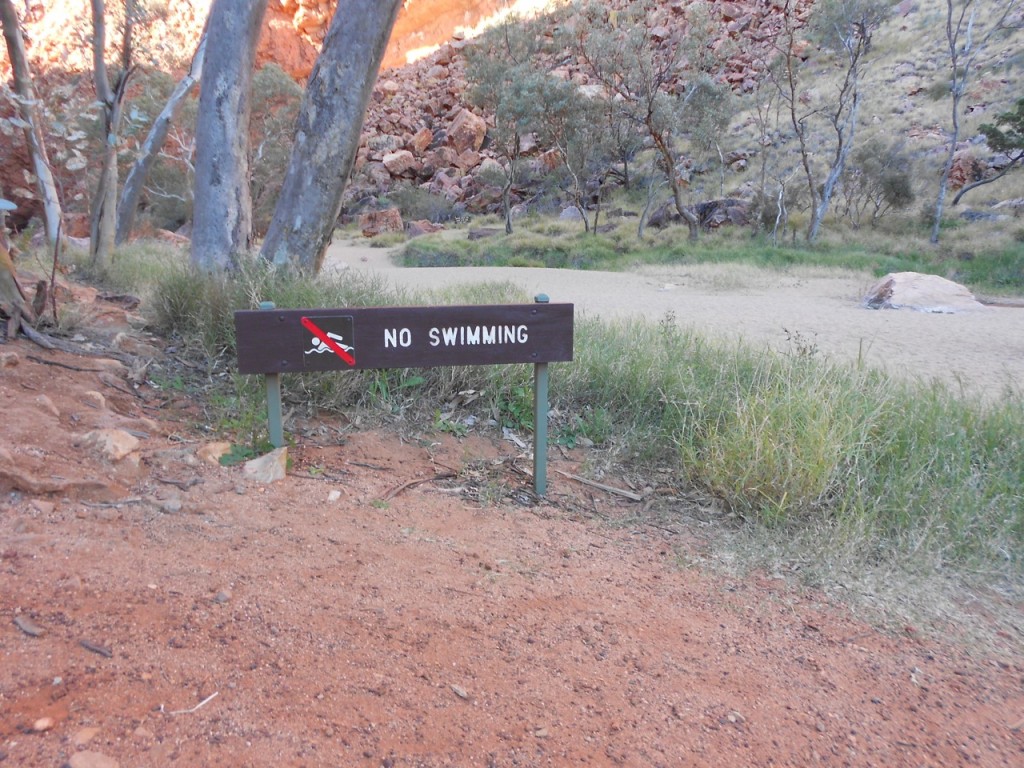
No shit Sherlock
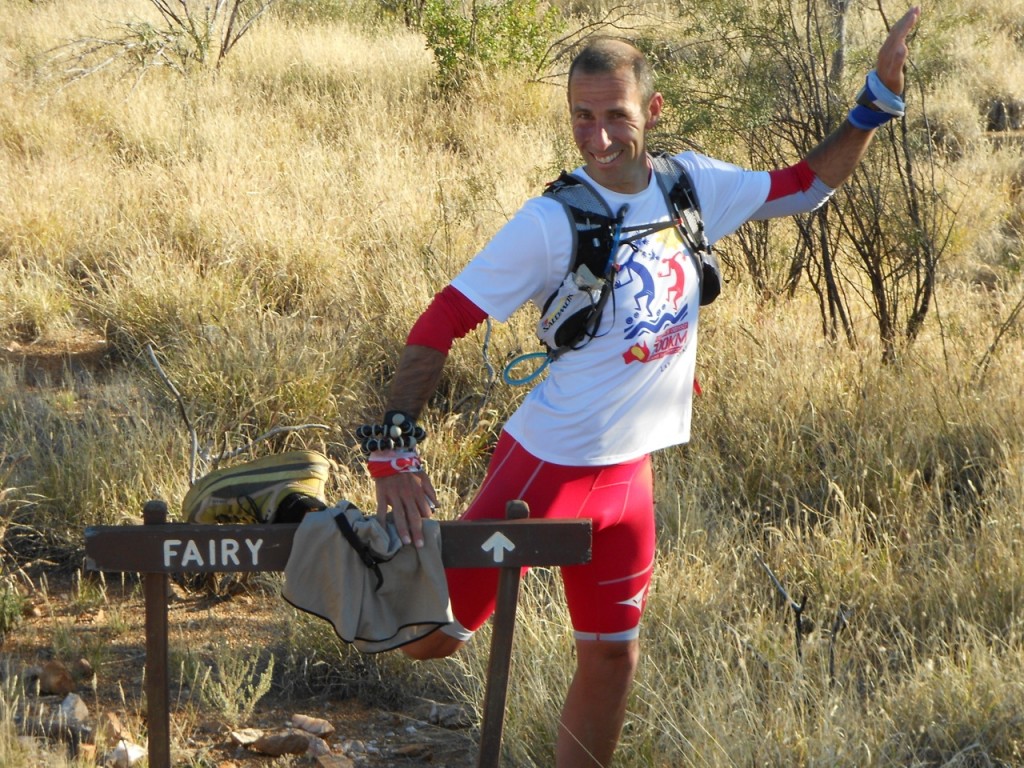
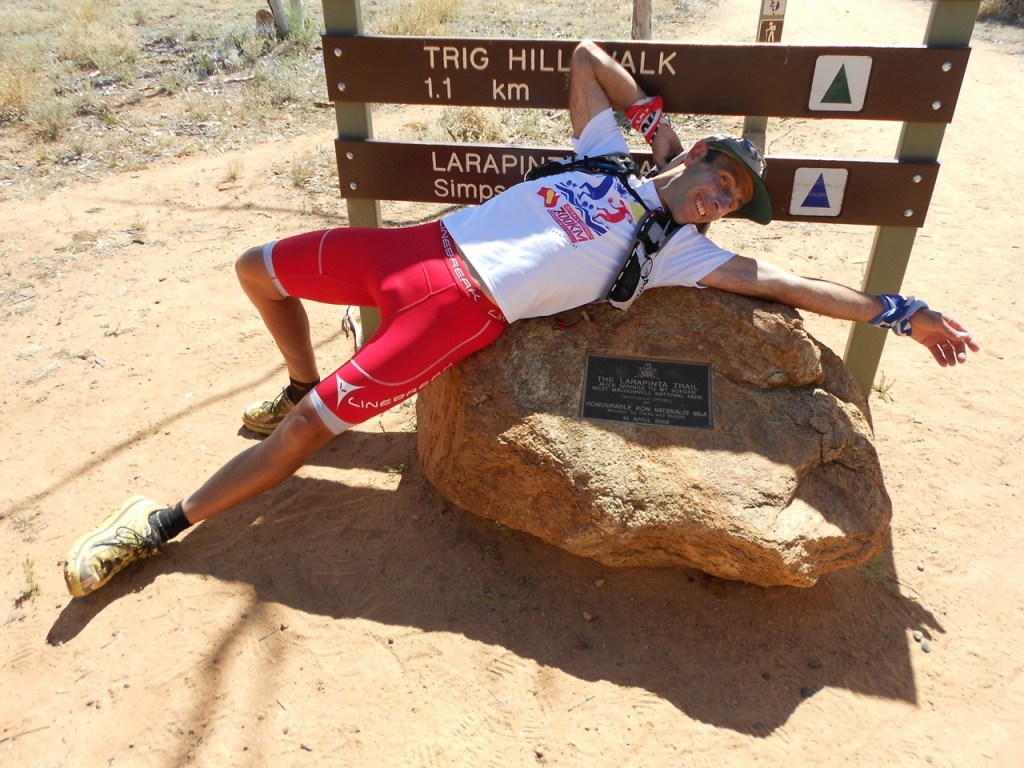
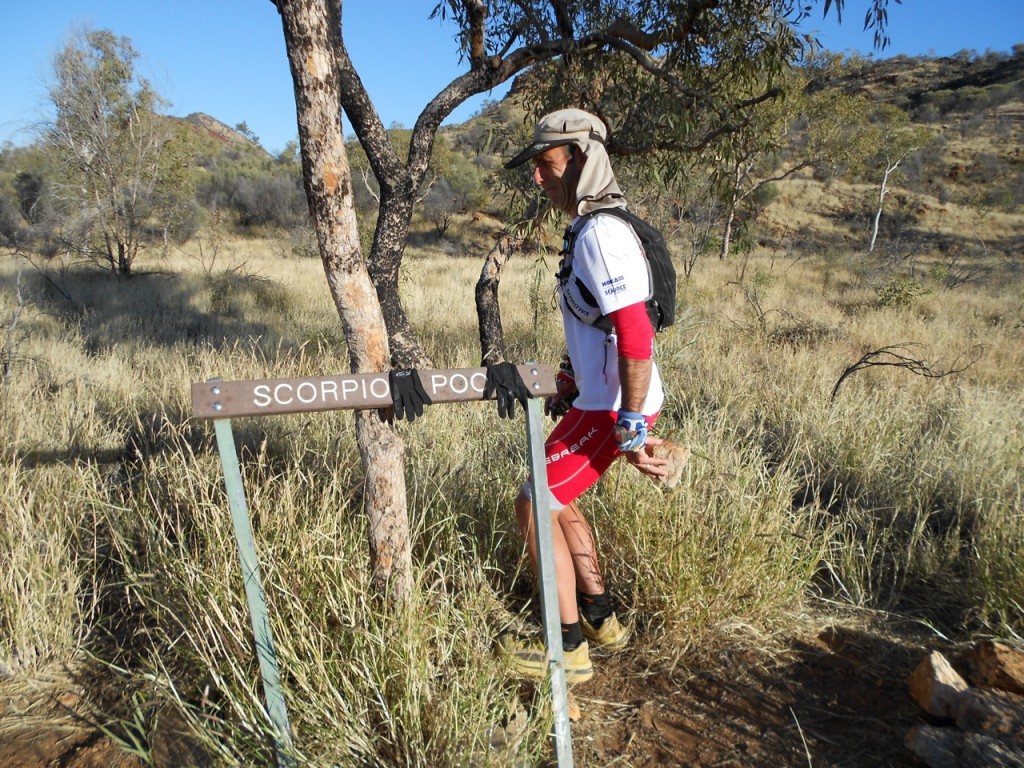
Statistics
8558m of climbing on the trail
97m of climbing on the marathon
282.4km total for the week
3 showers
Before run
74.1kg, 8.9% body fat
One day after run
73.6kg, 7.3% body fat
Two days after run
73.0kg, 6.8% body fat
Three days after run
72.6kg, 7% body fat
Yes, there was a sting in the tail- some lovely person discovered that the day we were meant to leave was the Alice Springs Running Festival, so most of us did the marathon before hopping on a plane home. Story here



